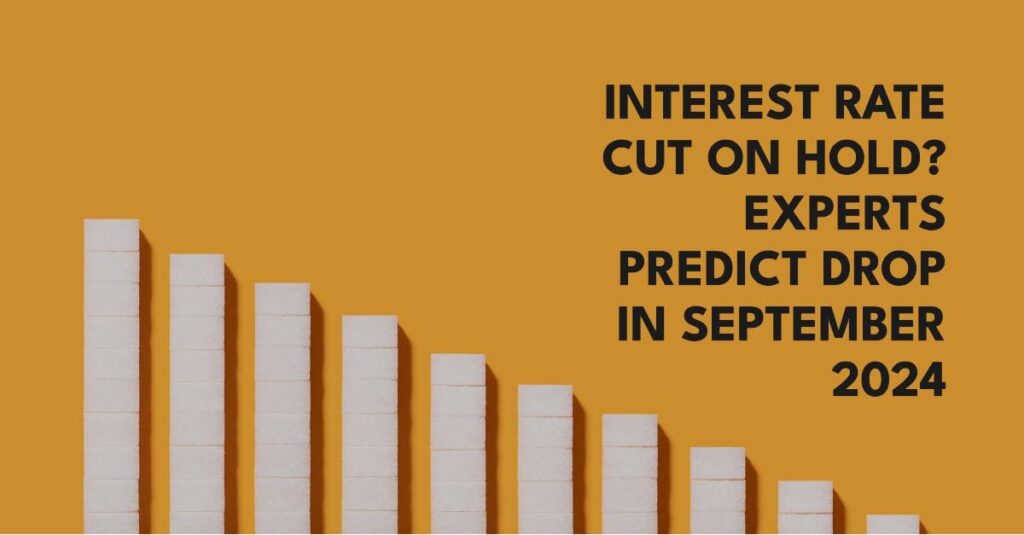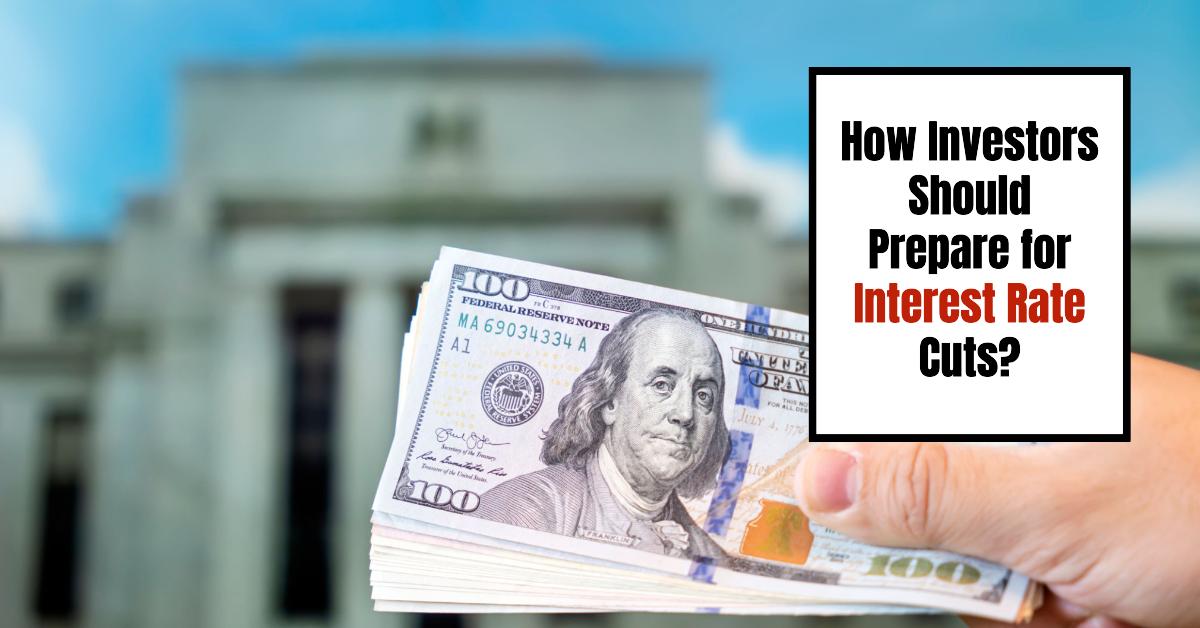The Federal Reserve is poised to cut interest rates for the first time in four years, marking a pivotal moment in monetary policy. This decision, made in response to inflation and economic conditions, will affect many aspects of personal finance. From credit cards to savings accounts, the impact of a fed rate cut will ripple through borrowing, investing, and saving. Understanding these effects is essential for making informed financial decisions.
Here’s how the fed rate cut will affect your money.
Understanding the Fed Rate Cut
The Federal Reserve adjusts interest rates to maintain economic stability. These rate changes influence borrowing costs, investment returns, and economic growth. After four years of rate hikes aimed at controlling inflation, the central bank is now easing its stance, looking to stimulate consumer spending and business investment. A fed rate cut reduces the federal funds rate, which directly impacts the cost of loans and other financial products.
This move signals that the central bank is taking a more accommodative stance toward economic growth, and the effects will be felt across various financial markets and products.

Immediate Impact on Borrowing Costs
Credit Cards
The Fed rate cut will lead to lower interest rates on variable-rate credit cards. Most credit cards have variable APRs tied to the federal funds rate, meaning that when the Federal Reserve meeting results in a rate cut, banks lower their lending rates. While a 0.25% cut may seem small, it can still provide savings for those with high balances. However, credit card debt remains costly, so paying down balances should remain a priority.
Home Loans and HELOCs
Borrowers with adjustable-rate mortgages (ARMs) and home equity lines of credit (HELOCs) will feel the effects of a fed rate cut almost immediately. Since these loans are tied to the federal funds rate, their interest rates will decrease, potentially lowering monthly payments. For homeowners with fixed-rate mortgages, the benefits of a rate cut are less direct, but refinancing options become more attractive. As mortgage rates drop, refinancing at a lower rate could lead to significant savings.
Auto Loans
Auto loans typically follow the trajectory of the federal funds rate. Although changes in interest rates may not be immediate, a Fed rate cut will eventually lead to more favorable loan terms for buyers and those looking to refinance their existing loans. However, factors like your credit score and the length of the loan will still play a significant role in determining your final loan terms. Consumers should remain patient, as it may take time for auto lenders to pass on the full benefits of the rate cut.
Impact on Saving and Investment Accounts
Savings Accounts and CDs
While a fed rate cut benefits borrowers, it often comes at a cost for savers. High-yield savings accounts and certificates of deposit (CDs) will likely see reduced yields. Banks reduce interest rates on savings products following the Federal Reserve’s adjustments, making it harder for savers to grow their money through traditional accounts. To counterbalance this, savers may need to explore higher-yield investments such as stocks or bonds to maintain purchasing power in a low-rate environment.
Stock Market Reactions
The stock market generally reacts favorably to a fed rate cut. Lower interest rates reduce borrowing costs for businesses, leading to higher profits and potential stock price increases. Investors may experience short-term gains as markets react to the Federal Reserve’s decision. However, it’s important to consider that rate cuts can also be a sign of economic slowdown, meaning market volatility could increase. Diversifying your portfolio and maintaining a long-term investment strategy are crucial in a low-rate environment.
Effect on Personal Debt Management
A fed rate cut creates opportunities for individuals to manage their debt more effectively. Lower interest rates make it easier to refinance or consolidate high-interest debt, such as credit cards or personal loans. Borrowers should take advantage of this period to restructure their debt, focusing on paying off high-interest loans and taking advantage of low rates to consolidate debt. If you carry significant credit card or personal loan debt, now is an ideal time to explore options like balance transfers or personal loan refinancing at a lower rate.
How Rate Cuts Affect Long-Term Loans
Mortgage Refinancing
For homeowners, a fed rate cut can be a golden opportunity to refinance an existing mortgage. With lower interest rates, refinancing can significantly reduce monthly payments and overall interest costs. This is especially beneficial for homeowners with adjustable-rate mortgages (ARMs) or those who bought their homes when rates were higher. Refinancing into a fixed-rate mortgage during a low-rate period can lock in savings for the life of the loan, offering peace of mind as rates fluctuate.
Student Loans
The impact of a Fed rate cut on student loans varies depending on whether the loan is federal or private. Federal student loan rates are set by the government, so they’re not directly impacted by rate cuts. However, private student loan borrowers may benefit from lower rates. Refinancing private student loans at a lower rate can lead to long-term savings. Before refinancing, borrowers should weigh the potential savings against the loss of federal protections such as income-driven repayment plans or loan forgiveness options.
Broader Economic Impacts of a Rate Cut
Consumer Spending and Business Expansion
Lower interest rates encourage both consumer spending and business investment. With borrowing costs reduced, consumers are more likely to take out loans for major purchases such as homes or cars, stimulating economic activity. Businesses also benefit, as lower borrowing costs allow them to invest in growth, new products, and hiring. This increase in consumer and business spending can boost overall economic activity, which is the primary goal of a Fed rate cut.
Inflation Control and Economic Growth
The Federal Reserve uses rate cuts to strike a balance between controlling inflation and encouraging economic growth. While a fed rate cut boosts spending and investment, it can also increase inflation if demand grows too quickly. The central bank closely monitors inflationary pressures and may adjust rates again if necessary. Understanding the relationship between inflation and interest rates helps consumers make informed financial decisions, especially when planning long-term investments or significant purchases.
Risks and Limitations of a Rate Cut
Inflation and Asset Bubbles
One risk of a prolonged period of low interest rates is the creation of asset bubbles. When interest rates are low, investors may chase higher returns in riskier markets, driving up prices for stocks, real estate, or other assets. This can lead to inflated valuations, making these assets vulnerable to sharp corrections. Consumers and investors should remain cautious, maintaining a balanced portfolio and avoiding speculative investments during a period of sustained low rates.
Reduced Effectiveness with Already Low Rates
With interest rates already near historic lows, the effectiveness of additional fed rate cuts may be limited. The Federal Reserve aims to stimulate the economy by lowering borrowing costs, but if rates are already low, there’s little room left for further cuts. As a result, additional rate cuts may have diminishing returns, providing less economic stimulus than expected. Consumers should remain vigilant, managing debt and investments wisely in a low-rate environment.
Long-Term Effects of Rate Cuts
Currency Devaluation
One consequence of a fed rate cut could be the devaluation of the U.S. dollar. Lower interest rates reduce the returns on dollar-denominated assets, which can decrease demand for the currency. A weaker dollar may benefit U.S. exporters by making American goods cheaper for foreign buyers, but it could also increase the cost of imports. Consumers may see higher prices for imported goods, so it’s essential to consider the broader implications of currency fluctuations when planning your financial strategy.
Impact on Trade and Global Markets
The effects of a fed rate cut extend beyond U.S. borders, influencing global trade and financial markets. Lower interest rates in the U.S. can lead other countries to adjust their monetary policies, creating a ripple effect in global markets. For international investors, it’s essential to monitor these changes, as they can affect exchange rates, trade balances, and investment opportunities. A well-diversified international portfolio can help mitigate risks associated with global market fluctuations.
Preparing for a Rate Cut Environment
For Borrowers
In a low-rate environment, borrowers should take full advantage of lower interest rates by refinancing high-interest loans, consolidating debt, and locking in fixed-rate loans at the lowest possible rate. This is an ideal time to restructure personal debt and ensure long-term financial stability by reducing the cost of borrowing.
For Investors
Investors should be aware of the potential risks and opportunities presented by lower interest rates. While the stock market may react positively to a fed rate cut, it’s essential to maintain a diversified portfolio that includes both growth and income-generating assets. Bonds, dividend-paying stocks, and real estate can offer stability during periods of low rates, helping balance potential volatility in the equity markets.
Conclusion: Navigating Your Finances Post-Rate Cut
The fed rate cut will have wide-reaching implications for borrowers, savers, and investors alike. By understanding how lower interest rates affect various aspects of the economy, you can make informed decisions about refinancing, debt management, and investing. Whether you’re a homeowner looking to refinance or an investor seeking to optimize returns, staying informed and proactive will help you navigate the changing financial landscape.





